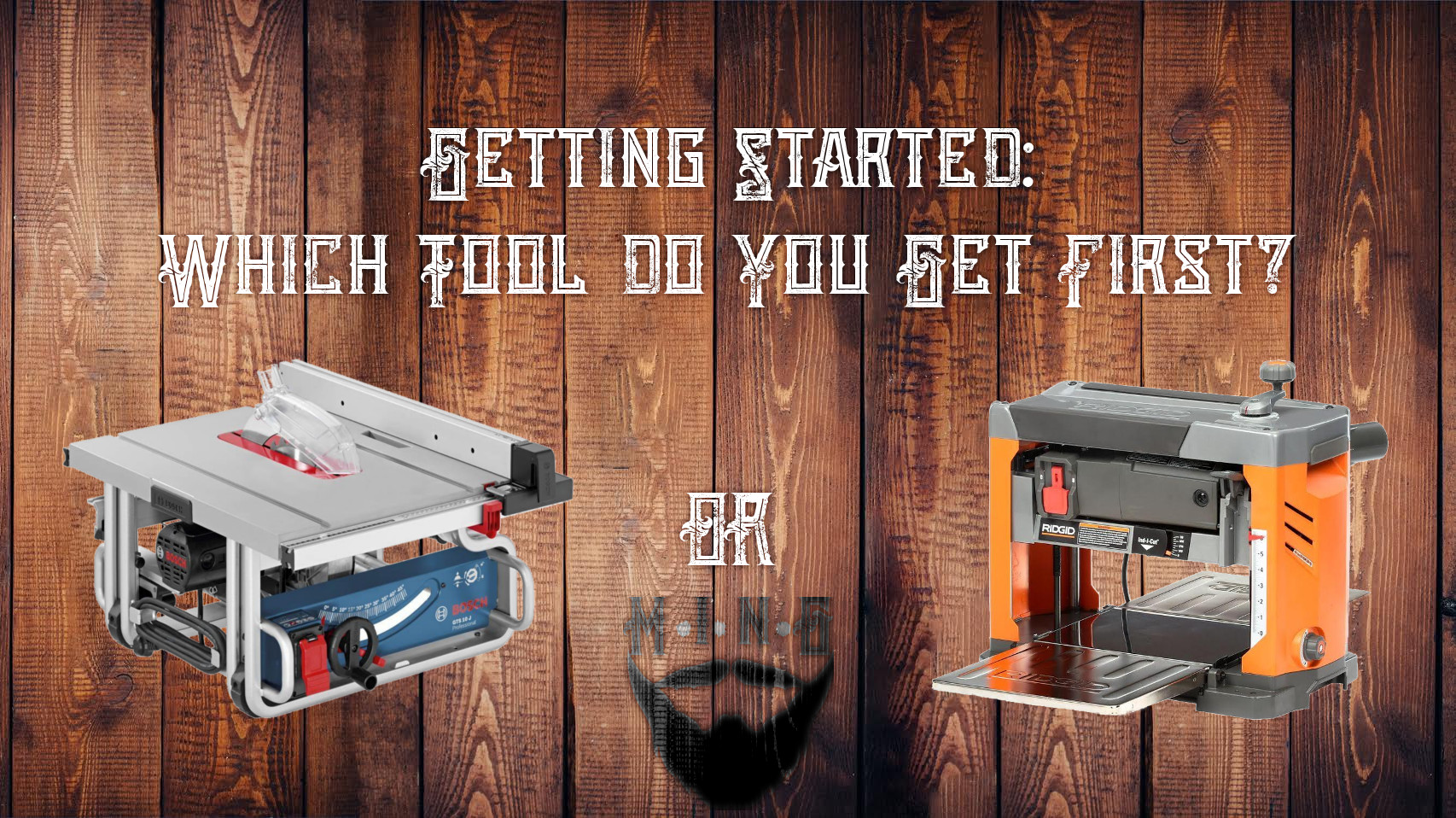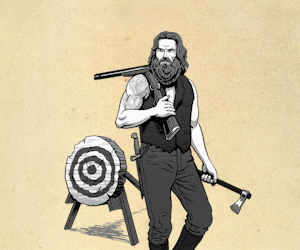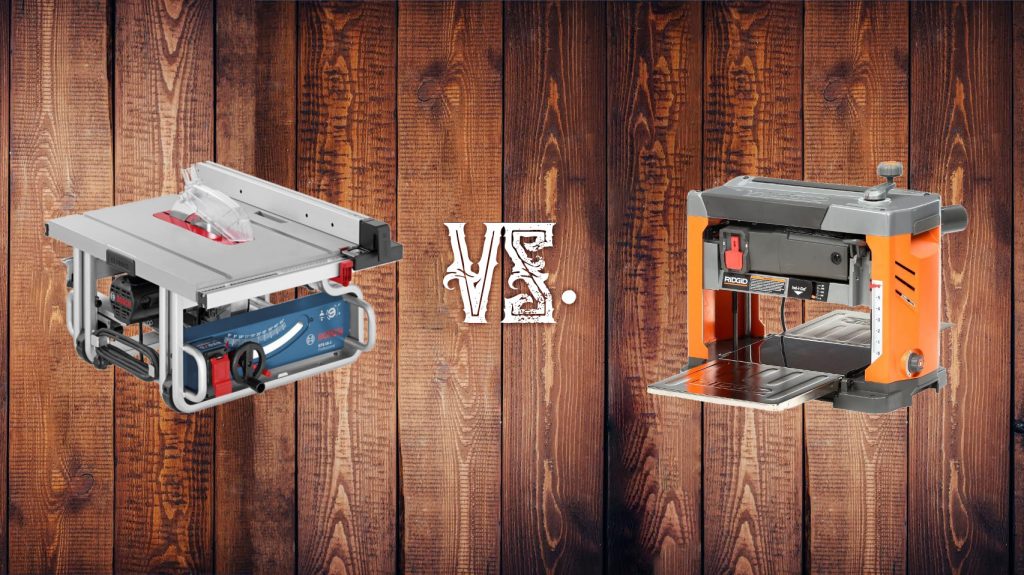Like most other hobbies, woodworking can get expensive and, eventually, you would like to end up with a shop full of tools; but where to start? What should you get first? When I started, I read a ton of articles about what to buy first.
I wanted to know what the essential tools were and what brands or sizes to get. A lot of forums talked about how the table saw is the workhorse of the shop. They offer planes and jigs to allow your table saw to do a ton of things. Naturally, you would think that a table saw should be the first purchase. Don’t jump the gun just yet. Woodworking professionals say that a jointer or planer is a necessity, that it should be your first purchase. So, which is it? Do you get the table saw, the workhorse? Or the jointer/planer, the necessity?
The Table Saw
The first stationary tool I bought was a table saw. Why did I get a table saw? I thought it was the most versatile machine that I would use for every project. The jigs available made it seem like you could easily use the table saw as a jointer as well as many other tools. Why, would you need a jointer or planer if the table saw can do everything? I didn’t listen to the professionals and thought the table saw was the obvious choice. Besides, who needs a jointer when you buy dimensional lumber from the hardware store?
Things to consider before getting the table saw first
The table saw can be the workhorse in the shop. Its simple design makes it a versatile machine when used in conjunction with jigs. However, the jigs pose an additional issue. They require a variety of hand tools and bench tools to build accurately, and chances are you do not have those yet. Also, a table saw’s accuracy relies on two major factors; (1) The fence, or straight edge that guides the material, and (2) the material you are cutting. Table saw fences, and lumber purchasing are both subjects deserving a separate article.
Why is a Jointer or a Planer a necessity?

The first step in building a level, square piece of furniture or any other project is starting with properly prepped stock. A jointer is used to flatten and square one side and one edge of a board. The next stop for the stock is the planer. Running the wood through a planer, flat and square side down, will give you stock with three square sides and uniform thickness throughout the board. Now you can make clean, accurate cuts to get the stock to the correct length and width.
Planer or Jointer?

Although it would be nice to own a jointer and a planer, a planer and a simple sled can replace the jointer. Whereas, a jointer will not function as a planer. Unless you plan to buy both at the same time, I suggest you get the planer first.
There are plans online for a sled, but mine is simply two pieces of ¾” MDF cut to the width of my planer, stacked and glued. I use door shims and hot glue to support the stock before running it through.
What do you want to do?
If you don’t plan on building furniture or projects that not only look great but will last for generations, there is little need for a planer. If you decide you’re going to use pine purchased from “orange” or “blue,” then maybe a table saw will suit your needs better. However, if you plan to build solid furniture and projects out of hardwood that will last a lifetime, a planer is a great start.










I love using the planer to make cutting boards from multiple types of wood.
I haven’t had a chance to make a cutting board. I have some walnut and cherry scraps that I’ve been thinking about using for a cutting board. What types of wood have you used for cutting boards and/or what are your favorites to use?